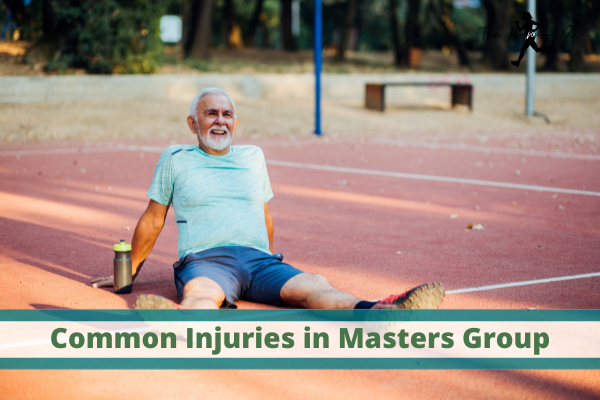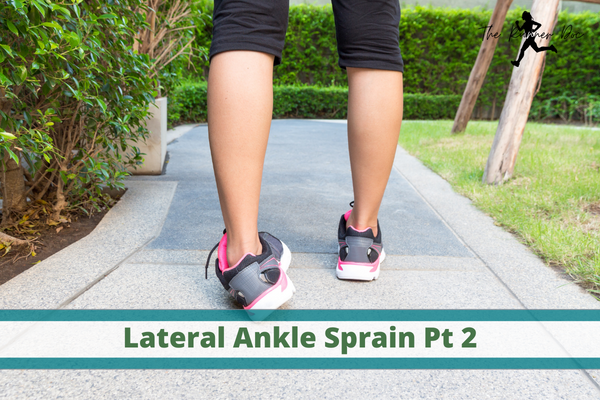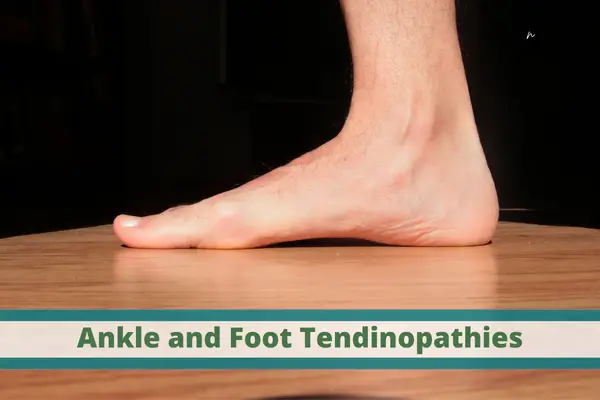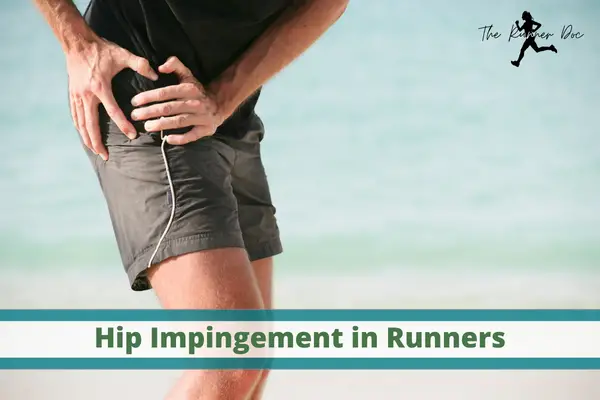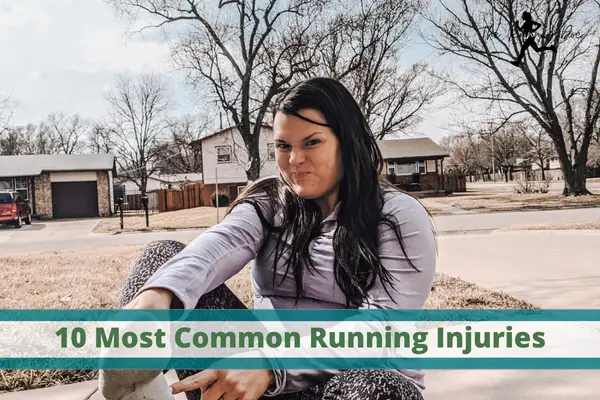Protect Your Knees and Run Injury-Free: How to Strengthen and Bulletproof Your Knees for Running
Running is a great way to stay fit and healthy. Unfortunately, it can also lead to knee injuries if you don’t take the right precautions. Knee pain can be debilitating and can put an end to your running career altogether if not properly treated. That’s why it’s so important for runners to focus on pre-habbing their knees in order to prevent injury and keep running safely.
In this blog post, we’ll discuss how runners can bulletproof their knees by taking preventive measures. By following these tips, you’ll be able to reduce your risk of developing a painful knee injury while still enjoying all the benefits of running!
Related Article:Pain in the Hip? How to Finally Fix Tight Hip Flexors in Runners
The Importance of Knee Health and Injury Prevention for Runners
As a runner, it is essential to take the necessary steps to protect your knees from injury. The repetitive impact that running puts on the body can cause wear and tear over time if not addressed properly, leading to knee pain and sometimes even severe injury. Fortunately, there are several ways you can monitor and address knee issues in order to keep running injury-free.
Preventing injuries is far easier than treating them! So take the necessary precautions and work on them now before they become a problem! Bonus points that it will make you a stronger runner too!

Most Common Causes of Running-Related Knee Injuries
Running too much, too fast, and too soon.
Overuse is the most common cause of running-related knee injuries. In fact, it is the most common cause of most non-traumatic injuries in athletes.
In order to prevent this, it’s important to gradually increase your running speed and distance over time.
Improper form
Having poor running form can increase the risk of knee injuries. This usually means not having enough hip and ankle stability, or over-striding with each stride.
Related Article:5 Must Have Tips To DRASTICALLY Improve Your Treadmill Running Form Right Now
Wearing the wrong shoes
Shoes are very person specific. There isn’t the best shoe out there to prevent injury. However, you should be rotating your shoes during the week. Another cause of injury from shoes is not replacing old ones when appropriate.
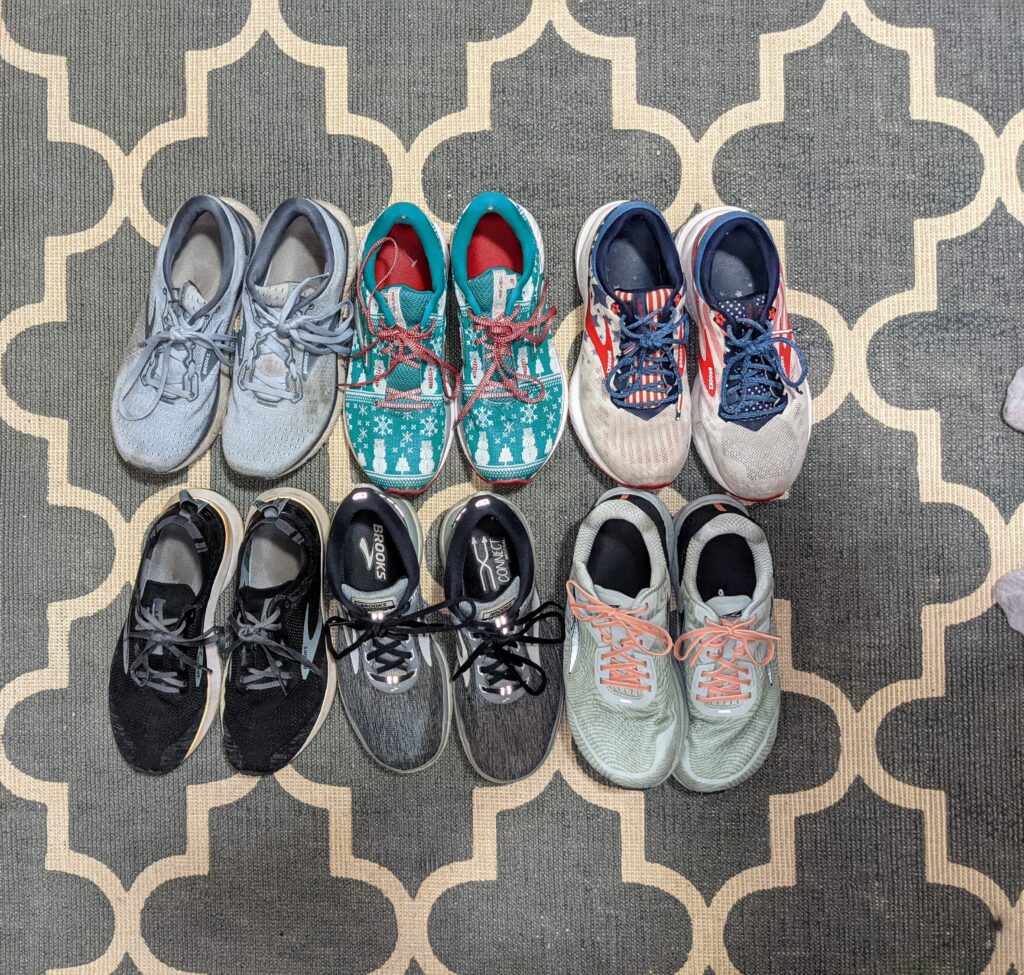
Most Common Knee Injuries in Runners
There are a lot of different types of knee injuries out there. Both traumatic in nature and overuse injuries. But the most common injuries seen in runners from non-traumatic events are:
- Patellofemoral Pain Syndrome (PFPS) or Runner’s Knee
- IT Band Syndrome (ITBS)
- Patellar Tendinitis (Jumper’s Knee)
Again there are more possibilities that cause contribute to knee pain in runners, but these are the 3 most commonly seen.
How Can Prehab Help Prevent Knee Injuries
Prehab is a great way to prevent knee injuries. It involves strengthening and stretching exercises that focus on the areas around the knee joint, such as the hip muscles, quadriceps, and shin muscles.
As I said earlier, it is much easier to prevent injuries than it is to treat them. However, keep in mind that you can’t prevent all injuries. Injuries are multi-faceted and caused by one specific thing. That is why I always tell runners that they need to do “all the things”.
That means having a balanced strength program, running program, nutrition plan, and recovery plan.
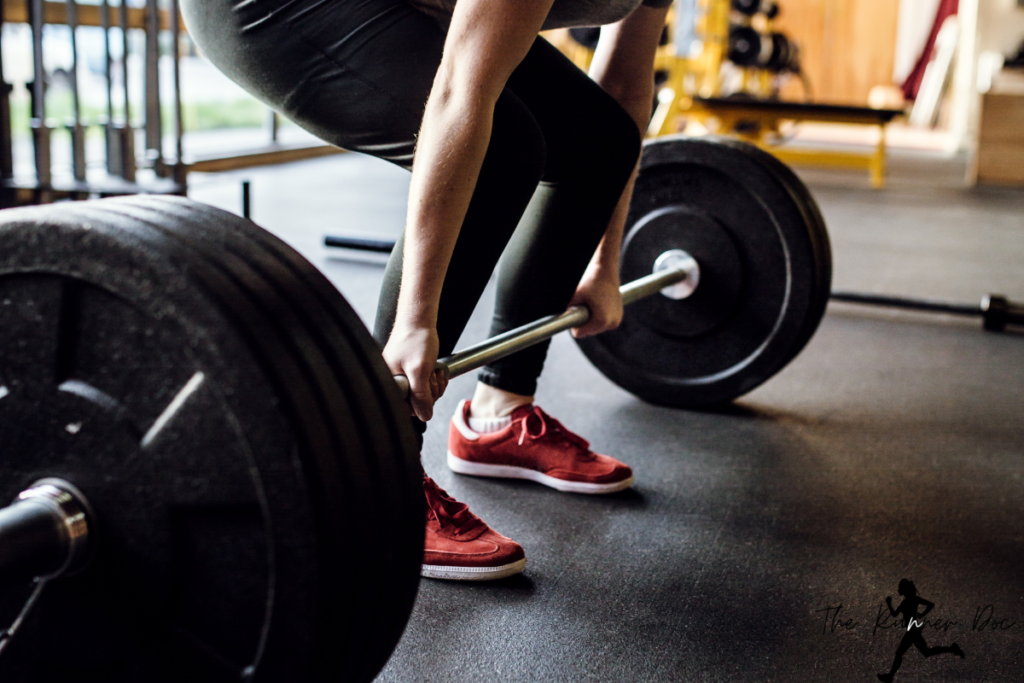
Prehabbing the Knees for Injury Prevention
The best and most effective way to prevent knee injuries is to do a pre-hab routine that specifically targets the key areas that support your knees. You are probably immediately thinking of the quads, but let’s take a step back. Let’s start at the ground and work our way up.
Strong and Mobile Feet for Bulletproof Knees
When a runner takes off from the ground, their feet absorb an immense amount of force. This is why it’s important for runners to have strong and mobile feet. One way to achieve this is to run barefoot on soft surfaces such as grass or sand.
Another is to work on toe yoga and arch lifts for more supple supportive feet.
Related Article:How to Fix Your Jumper’s Knee: Patellar Tendinopathy Treatment for Runners
Strong Hips for Injury-Free Knees in Runners
Having strong and mobile hips is also essential for injury prevention. Weak glutes, tight hip flexors, and poor range of motion all can contribute to knee pain in runners.
There are several ways you can work on strengthening and mobilizing the hips. The most popular are exercises like clam shells, lateral band walks, and single-leg hip bridges.
Multi-Joint Exercises for Strong Knees
The last step in knee injury prevention is to strengthen the knee joint itself. This means working all the muscles together in multi-faceted exercises, or compound movements. Doing things such as squats, lunges, and step-ups are all great exercises to keep the knees safe. And no, they aren’t bad for your knees. Even if you have a little pain. That just means you need to work on your mobility and strength in the hips and feet!
Final Thoughts on Bulletproof Knees for Runners
In conclusion, there are several steps you can take to help prevent knee injuries as a runner. Strengthening the muscles around your knees is essential, but it’s also important to focus on strengthening and mobilizing your feet and hips in order to create bulletproof knees that will stand up against any running challenge. With proper prehab exercises performed regularly over time, runners can reduce their risk of injury while improving overall performance.
AFFILIATE DISCLOSURE
As an Amazon Associate, I earn from qualifying purchases. This post may contain affiliate links. If you use these links to buy something we may earn a commission. The Site may contain links to affiliate websites, and we receive an affiliate commission for any purchases made by you on the affiliate website using such links.
All information should be used as a tool for more knowledge on the subject topic, to use as references for later articles where applicable, or just to keep it in mind during future exercise routines or activities.
This article is not meant to give medical advice or to replace professional health care. Should any ailment occur please contact your doctor or physical therapist immediately to keep yourself safe and prevent further damage.
The author is not liable for any personal or commercial damage directly or indirectly related to the content hereof. You are responsible for adhering to local laws and regulations regarding health & safety, including proper use of equipment or safety gear, and compliance with governing healthcare associations, and state, and federal regulations.
Running with Bulletproof Knees
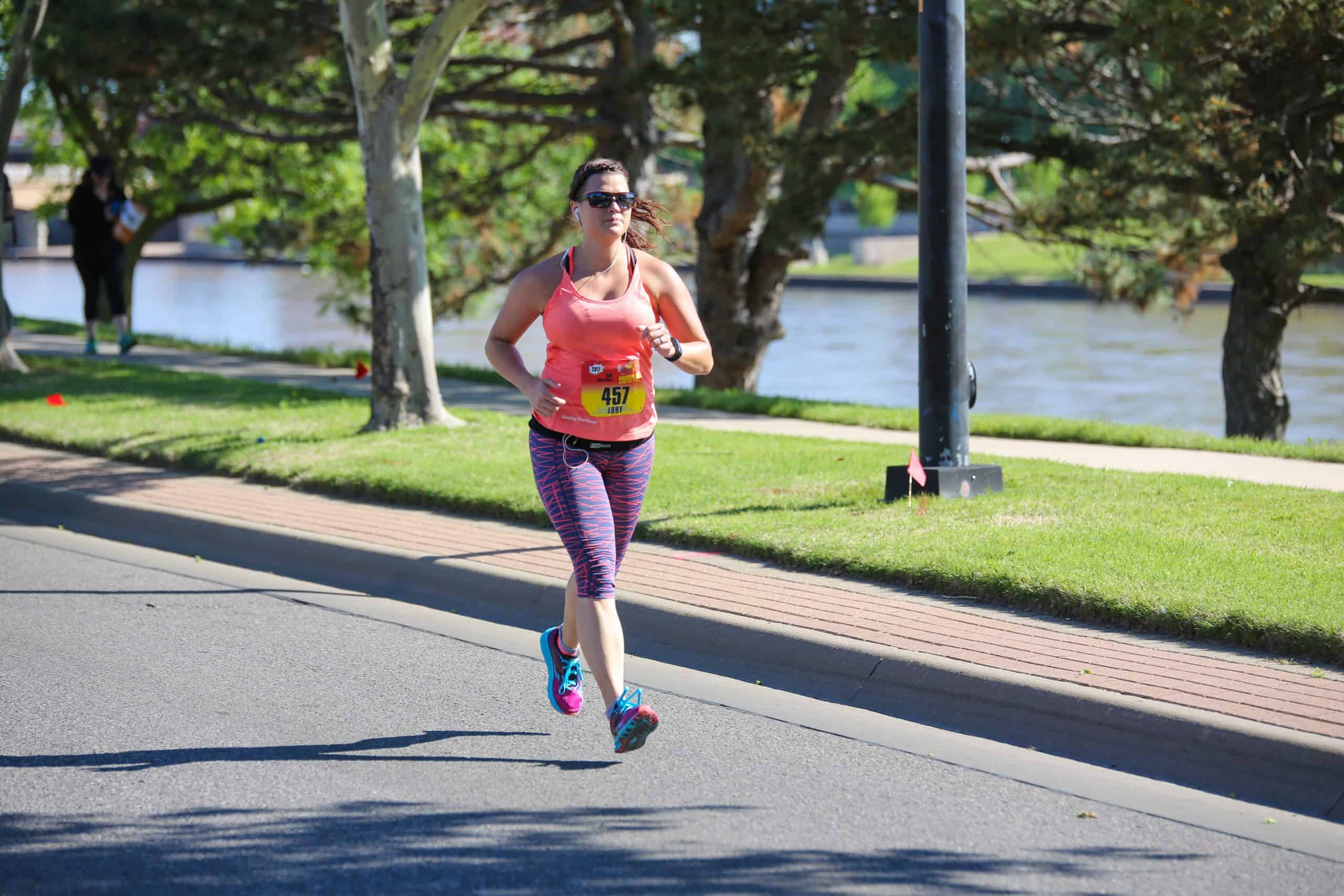
Dr. Abby Siler, PT, DPT is a Physical Therapist with 10 years of experience in a variety of settings. She has spent the majority of her time treating athletes in orthopedic clinics and worker’s compensation cases. She is a runner herself for the past 15 years and a lifelong athlete. Dr. Abby loves to teach runners how to stay injury free and out of her clinic.


